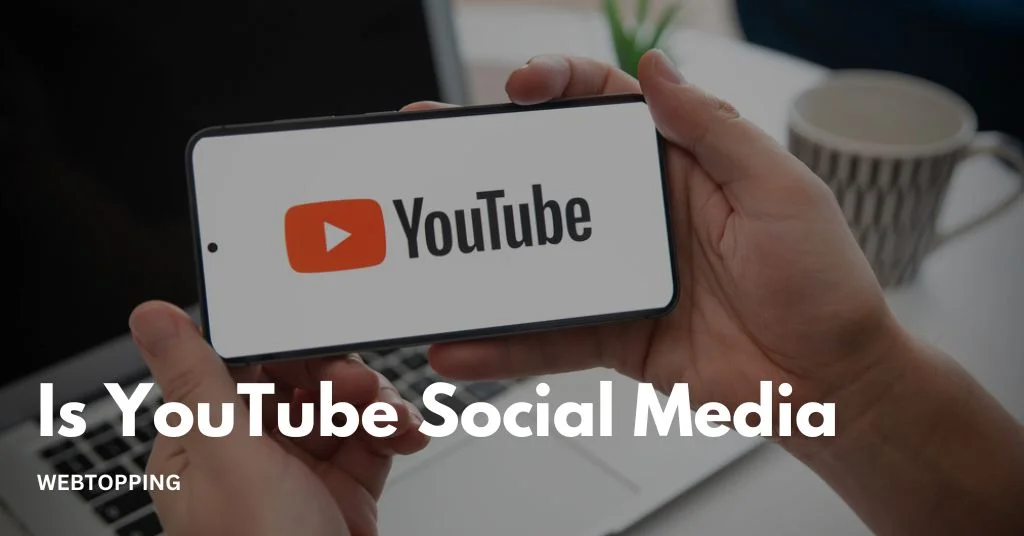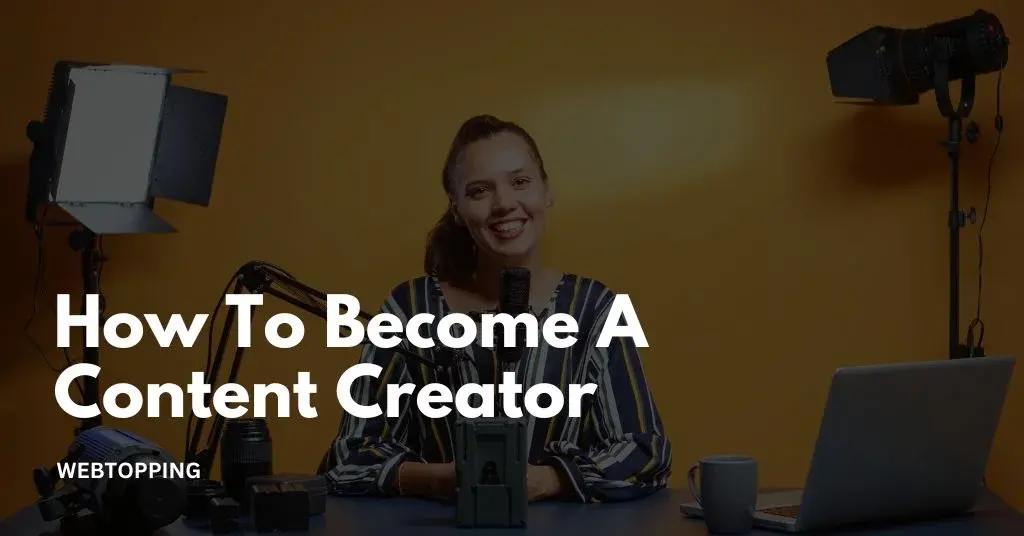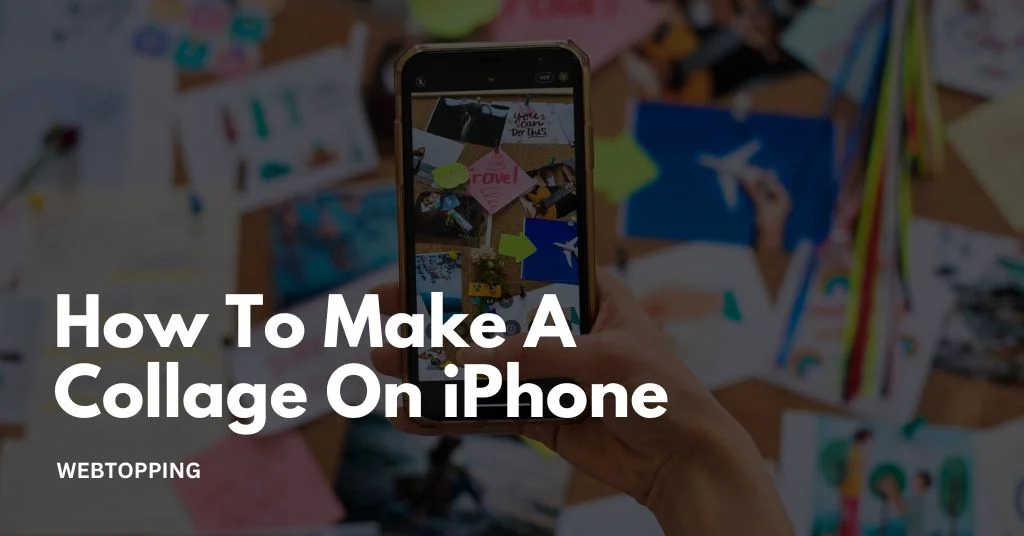
YouTube is one of the most visited websites in the world, with millions of people using it every day to watch videos, learn new skills, follow their favorite creators, or even grow their own channels. But here’s a question that often comes up is YouTube social media?
Some people see it simply as a video-sharing platform, others think of it as a search engine, and many consider it one of the largest social media platforms ever created.
In this post, we’ll dive deep into this topic. You’ll learn what YouTube really is, how it fits into the world of social media, and why it’s important for both creators and everyday users alike.
Understanding What Social Media Really Means
Before deciding whether YouTube counts as social media, it helps to first understand what social media actually is. Social media platforms are online spaces where people can create, share, and interact with content and with each other.
Some key features of social media include:
- User-generated content: People make and share their own videos, photos, posts, and more.
- Community interaction: Users can like, comment, share, and follow each other.
- Networking: It connects individuals, groups, and even brands, allowing for communication and collaboration.
- Personalization: Algorithms show content based on your interests and activity.
Looking at these features, YouTube clearly checks most of the boxes. Users can upload videos, interact through likes and comments, and build communities around shared interests. But YouTube isn’t just about sharing videos anymore its role has grown into something much bigger, becoming a hub for learning, entertainment, networking, and even brand building.
What Makes YouTube a Social Media Platform?
Many people ask whether YouTube is just a video platform or if it counts as social media. The answer is pretty clear when you look at how people use it. YouTube isn’t just about watching videos it’s about connecting, sharing, and engaging with others. That’s what makes it social.
YouTube allows people to:
- Create and share original content (videos, Shorts, live streams).
- Interact socially through comments, likes, and community posts.
- Follow and connect with creators by subscribing.
- Participate in trends through challenges and collaborations.
These characteristics make YouTube more than a simple video platform they make it a social media platform. Let’s look at some specific social features that define YouTube’s identity:
1. Comments and Engagement
Comments are one of the strongest signs that YouTube is social media. Every video invites interaction. Viewers share opinions, ask questions, and creators reply just like conversations on Facebook or Instagram.
2. Sharing and Collaboration
People can easily share YouTube videos on other social networks. Creators also collaborate with one another, forming networks of communities and audiences.
3. Subscription and Community Building
Subscribing to a channel is like following someone on Instagram. It builds a sense of connection between creators and their audience. Creators use posts, polls, and updates to engage followers directly.
4. Algorithm and Personalization
Like any major social platform, YouTube uses algorithms to recommend videos based on user behavior. The recommended and for you sections personalize the viewing experience, which is central to social media engagement.
Is YouTube Considered a Social Media Platform? Expert Opinions
Many experts consider YouTube a social media platform due to its interactive features. For example:
- Social media analysts point out that YouTube allows networking, community building, and direct engagement between creators and viewers.
- Marketing professionals use YouTube not just for videos but for community engagement, which is a hallmark of social media.
- Researchers classify YouTube as social media because it enables user-generated content, comments, sharing, and networking.
So, while YouTube started as a video-sharing site, it has evolved into a hybrid platform that serves as both a media platform and a social network.
How YouTube Differs from Other Social Media Platforms
Although YouTube is considered a social media platform, it still stands apart from others in several ways. Most social media networks focus on short posts or photos, while YouTube revolves around long-form and short-form videos.
Here’s how YouTube differs:
- Content Format: YouTube’s main focus is video content, while Facebook, Instagram, and X (formerly Twitter) offer a mix of text, photos, and videos.
- Depth of Content: YouTube allows creators to produce detailed, informative, or entertaining videos that can be 10, 20, or even 60 minutes long.
- Search Functionality: YouTube also functions like a search engine. Many people use it to learn new skills, find tutorials, or explore topics something not typical of social media platforms.
- Monetization Opportunities: While other social platforms offer creator programs, YouTube’s Partner Program remains one of the most rewarding and established.
Even with these differences, YouTube still fulfills all the social aspects of engagement, community, and interaction making it a hybrid platform that blends social networking with content discovery.
Does YouTube Count as Social Media in 2025?
Yes, YouTube is definitely social media, and it’s one of the biggest platforms out there. By 2025, over 2.7 billion people use it worldwide. But YouTube is more than just a place to watch videos. People share their thoughts, showcase their creativity, and connect with others from all over the world. Features like YouTube Shorts, Stories, and Community posts make it feel a lot like Instagram or TikTok.
YouTube lets users interact, comment, and even chat during live streams. It helps people build communities and stay part of social trends.
In short, YouTube:
- Lets people interact with each other.
- Supports content made by users.
- Helps communities grow.
- Shapes social trends and culture.
So yes, YouTube is absolutely a social media platform and one of the most influential ones at that.
Why People Confuse YouTube’s Identity
Despite clear evidence, some people still question whether YouTube counts as social media. This confusion comes from how the platform started and evolved.
Originally, YouTube was just a video-sharing site, not a social platform. In the mid-2000s, it lacked features like those on Facebook or MySpace. Over time, YouTube added interactive and community-focused tools, making it a full social experience.
Another reason for the confusion is how people use YouTube differently. Some treat it like a streaming service such as Netflix, while others use it socially commenting, following creators, and sharing content.
This variety in usage can blur the line between entertainment and social media. Still, YouTube’s social features, user engagement, and creator-audience connections firmly classify it as social media.
YouTube’s Role in Social Media Marketing
Another strong reason why YouTube is considered social media is its role in digital marketing. In 2025, YouTube is one of the top platforms for brands and marketers to promote products, run ads, and connect with audiences.
1. Influencer Collaborations
YouTube creators, often called YouTubers, play a huge role in influencing trends and purchasing decisions. Their reach and trust with followers make YouTube a powerful social media marketing tool.
2. Video Advertising
Brands use YouTube ads to reach specific audiences through video campaigns. This is similar to how Facebook or Instagram ads work.
3. Brand Channels
Companies maintain their own YouTube channels, post regular updates, respond to comments, and build communities around their brand.
These marketing activities clearly show that YouTube functions like other social media platforms where engagement and content creation drive success.
YouTube’s Unique Position in the Social Media Ecosystem
Unlike traditional social media platforms, YouTube’s main purpose is content consumption. Users primarily visit YouTube to watch videos rather than scroll through posts. However, its social features allow it to occupy a unique hybrid space: part media platform, part social network.
This hybrid nature gives YouTube several key advantages:
- Longevity of Content: Videos on YouTube can continue gaining views long after they are uploaded. In contrast, posts on platforms like Instagram or Facebook often have a very short visibility window.
- Search Engine Integration: YouTube videos are indexed by Google, making them easier to discover and increasing engagement through search traffic.
- Global Reach: With over 2 billion logged-in monthly users, YouTube is one of the largest social media platforms in the world.
- Diverse Communities: Niche communities thrive on YouTube through dedicated channels, active comment sections, and subscriber engagement, fostering meaningful connections between creators and audiences.
Conclusion
YouTube is more than just a video-sharing platform. While its origins focused on hosting videos, its evolution has incorporated core features of social media. The ability to comment, like, subscribe, share, and participate in communities makes YouTube a social media platform in its own right.
So, when asking is YouTube social media or is YouTube a social media platform, the answer is a clear yes. YouTube has established itself as a vital component of the social media ecosystem, bridging the gap between content consumption and social interaction.
Whether you are a creator, a marketer, or a casual viewer, understanding YouTube’s social role can help maximize engagement, reach, and online presence.
Frequently Asked Questions (FAQs)
YouTube is a video-sharing social media platform where users can upload, watch, and interact with videos. It allows content creators to build audiences, share information, and engage through likes, comments, and subscriptions. YouTube combines entertainment, education, and marketing, making it both a social network and a media-sharing platform.
YouTube is often not considered traditional social media because its main focus is on video sharing rather than direct social interaction. Users primarily consume content instead of engaging in two-way communication. While it has comments, likes, and subscriptions, these social features are secondary, making it more of a content platform.
Yes, businesses can use YouTube as a social media tool. It allows brands to share videos, run ads, and educate customers while building trust. Companies can engage audiences through comments, likes, and subscriptions. YouTube also provides analytics to track performance, helping businesses grow their online presence and connect with communities effectively.
YouTube’s social features include likes, dislikes, comments, and shares, allowing users to interact with videos. Subscribers can follow channels, receive notifications, and join community posts. Live chats during streams and playlists enable collaboration and engagement. These features create a social environment for discussion, feedback, and content sharing.
YouTube often generates higher income than blogging because video content attracts more advertisers and higher CPM rates. Monetization options include ads, sponsorships, and memberships. While bloggers earn from display ads, affiliate marketing, and sponsored posts, their income is generally lower. Average yearly earnings are around $60,000 for YouTubers and $45,000 for bloggers.





